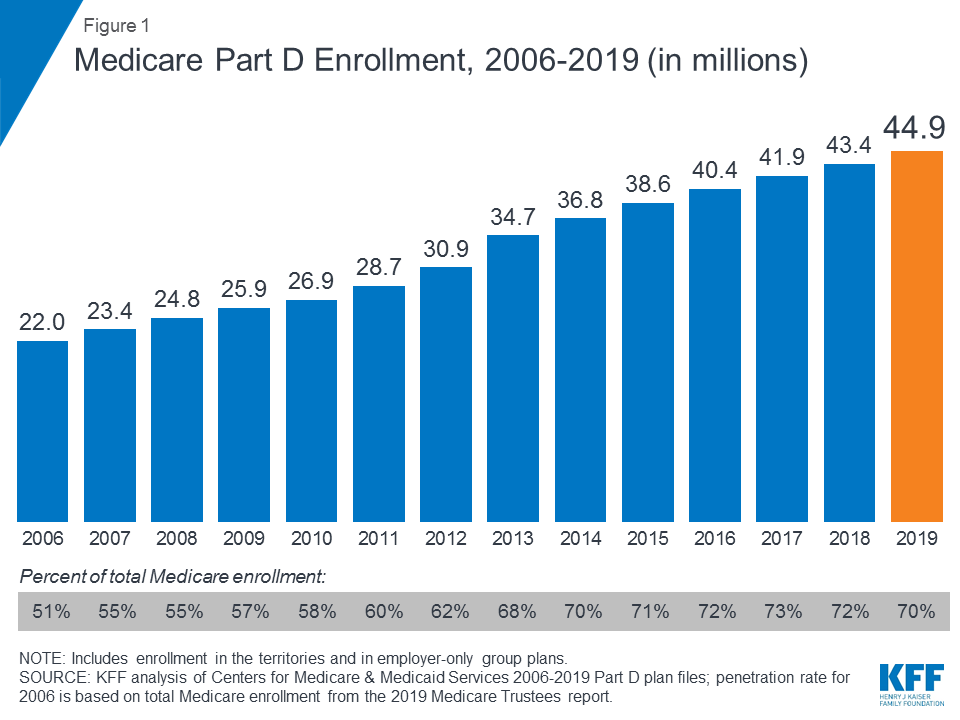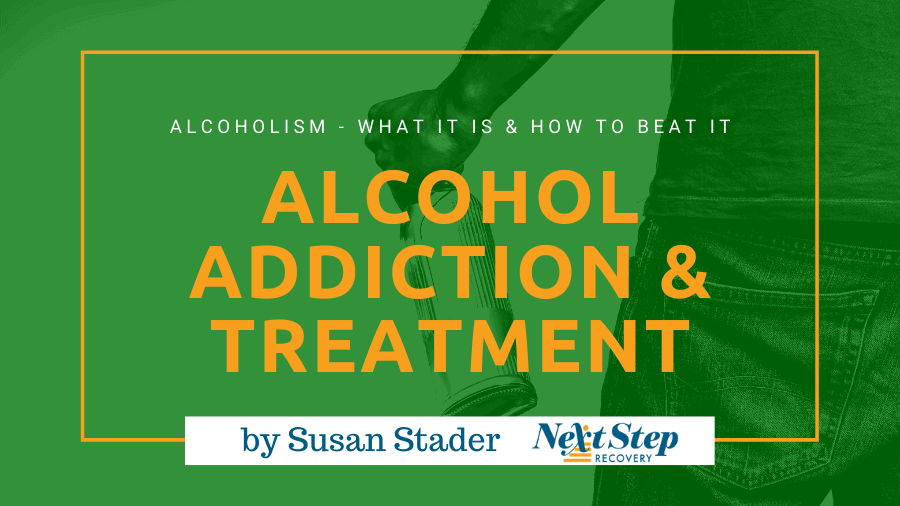Basically, many of our attention is devoted to attaining the objective, not to the goal in and of itself it's everything about the drive to get to the pot of gold at the end, not the pot itself. Basically, the majority of our attention is dedicated to attaining the objective, not to the objective in and of itself it's everything about the drive to get to the pot of gold at the end, not the pot itself.-Marc Lewis According to recent advances in Drug Rehab Center addiction neuroscience, there is a "desiring" system (desire) that's primarily independent of the "preference" system.
In the book, I discuss eating pasta prior to you consume it, your attention is converged on getting that food into your mouth. Once it's there, your attention goes in other places; possibly back to the individuals you're dining with or the TV show you're seeing. How much attention you pay to the taste of that bite of food is a drop in the bucket compared with the amount you spent to get it to your mouth.
The "desiring" part of the brain, called the http://edgarxmxb986.almoheet-travel.com/our-what-are-the-symptoms-of-drug-addiction-ideas striatum, underlies various variations of desire (impulsivity, drive, compulsivity, craving) and the striatum is large, while enjoyment itself (the endpoint) occupies a reasonably little part of the brain. Addiction depends on the "desiring" system, so it's got a great deal of brain matter at its disposal.
Drug addiction is a brain illness since the abuse of drugs results in modifications in the structure and performance of the brain. The preliminary usage of alcohol or other drugs, for the majority of people, is voluntary. But in time, the changes in the brain triggered by repeated use and abuse can impact an individual's self-control and their capability to make good choices, and at the very same time send extreme impulses to take drugs.
Similar to other chronic, relapsing diseases, such as diabetes, asthma, or cardiovascular disease, drug dependency can be managed successfully. And, similar to other chronic illness, it is not unusual for a person to regression and begin abusing drugs once again. Relapse, nevertheless, does not indicate failurerather, it indicates that treatment should be restored, changed, or that alternate treatment is required to assist the individual regain control and recuperate.( Adapted from: http://www.
The Greatest Guide To What Can You Do To Prevent Drug Addiction
Drug addiction, likewise called substance use disorder, is an illness that impacts an individual's brain and behavior and leads to an inability to manage making use of a legal or unlawful drug or medication. Substances such as alcohol, cannabis and nicotine also are thought about drugs. When you're addicted, you might continue using the drug regardless of the damage it causes.

For others, particularly with opioids, drug addiction starts with direct exposure to prescribed medications, or getting medications from a friend or relative who has been prescribed the medication - is most likely to be successfully treated by. The threat of addiction and how quick you become addicted varies by drug. Some drugs, such as opioid painkillers, have a higher threat and cause dependency faster than others.
Quickly you may require the drug simply to feel good. As your substance abuse boosts, you might find that it's increasingly difficult to go without the drug. Attempts to stop drug usage may cause intense cravings and make you feel physically ill (withdrawal signs). You may require assistance from your medical professional, family, friends, support groups or an organized treatment program to overcome your drug addiction and stay drug-free.
Possible indications that your teen or other relative is using drugs consist of: regularly missing out on school or work, an unexpected disinterest in school activities or work, or a drop in grades or work efficiency absence of energy and inspiration, weight loss or gain, or red eyes lack of interest in clothes, grooming or looks exaggerated efforts to bar relative from entering his or her room or being deceptive about where he or she chooses friends; or extreme modifications in behavior and in relationships with family and pals abrupt ask for cash without a reasonable description; or your discovery that money is missing out on or has actually been stolen or that products have disappeared from your home, showing possibly they're being offered to support drug usage Symptoms and signs of drug usage or intoxication might differ, depending on the kind of drug.
People use marijuana by cigarette smoking, eating or inhaling a vaporized form of the drug. Cannabis frequently precedes or is used together with other compounds, such as alcohol or controlled Drug Detox substances, and is frequently the very first drug tried (who has a drug addiction problem). Indications and symptoms of recent use can include: A sense of ecstasy or feeling "high" A heightened sense of visual, auditory and taste understanding Increased high blood pressure and heart rate Red eyes Dry mouth Reduced coordination Difficulty focusing or remembering Slowed reaction time Anxiety or paranoid thinking Marijuana odor on clothes or yellow fingertips Exaggerated cravings for specific foods at unusual times Long-term (persistent) usage is often connected with: Decreased mental sharpness Poor efficiency at school or at work Minimized number of good friends and interests Two groups of synthetic drugs synthetic cannabinoids and replaced or synthetic cathinones are prohibited in most states.
All about How To Recover From Drug Addiction
Synthetic cannabinoids, likewise called K2 or Spice, are sprayed on dried herbs and then smoked, however can be prepared as an organic tea. In spite of producer claims, these are chemical substances rather than "natural" or harmless products. These drugs can produce a "high" comparable to marijuana and have ended up being a popular however dangerous alternative.
Plans are typically identified as other products to prevent detection. In spite of the name, these are not bath items such as Epsom salts. Replaced cathinones can be eaten, snorted, inhaled or injected and are extremely addicting. These drugs can trigger severe intoxication, which leads to hazardous health effects and even death.
They're often used and misused in search for a sense of relaxation or a desire to "turn off" or forget stress-related thoughts or feelings. Examples include phenobarbital and secobarbital (Seconal). Examples consist of sedatives, such as diazepam (Valium), alprazolam (Xanax), lorazepam (Ativan), clonazepam (Klonopin) and chlordiazepoxide (Librium). Examples consist of prescription sleeping medications such as zolpidem (Ambien, Intermezzo, others) and zaleplon (Sonata).
They are often used and misused in search of a "high," or to enhance energy, to improve efficiency at work or school, or to reduce weight or control hunger. Symptoms and signs of current usage can consist of: Feeling of excitement and excess confidence Increased awareness Increased energy and restlessness Behavior changes or aggressiveness Quick or rambling speech Dilated pupils Confusion, delusions and hallucinations Irritation, stress and anxiety or fear Changes in heart rate, blood pressure and body temperature Queasiness or throwing up with weight-loss Impaired judgment Nasal congestion and damage to the mucous membrane of the nose (if snorting drugs) Mouth sores, gum illness and tooth decay from smoking drugs (" meth mouth") Insomnia Anxiety as the drug disappears Club drugs are commonly used at clubs, concerts and celebrations.

also called roofie) and ketamine. These drugs are not all in the exact same classification, but they share some similar impacts and threats, consisting of long-lasting damaging effects. Due to the fact that GHB and flunitrazepam can cause sedation, muscle relaxation, confusion and memory loss, the potential for sexual misconduct or sexual assault is connected with the usage of these drugs.